Wetlands focus on climate talks sideline
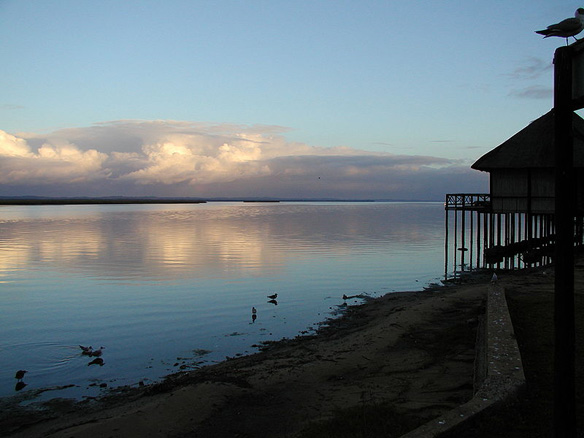
Wetlands, critical for the health of South Africa’s coasts and river systems, already have been degraded or seriously altered by human activity, and experts fear global warming threatens them further.
Dead Sea Protection Bill Pushed Ahead Of New 7 Wonders Competition
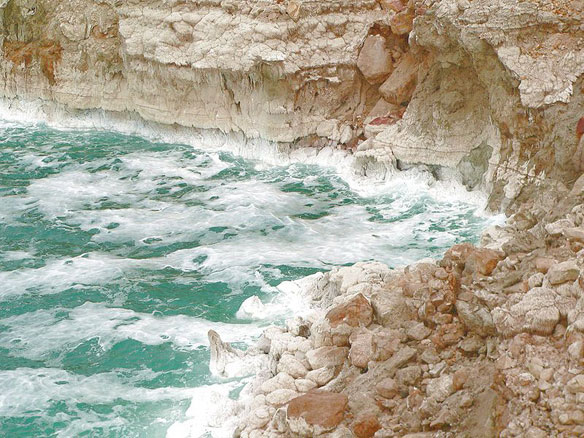
The Dead Sea is one of the 28 finalists in the New 7 Wonders of Nature competition, but Israeli environmentalists hope the government won’t be content with the mere honor, and will instead actually save the sea by supporting a bill to regulate the pumping of water from its sources and construction of infrastructure on its beaches.
Stressors To Florida Keys Marine Ecosystem, A Study
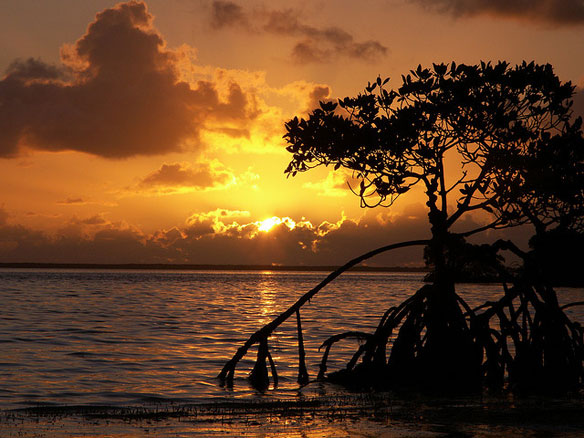
NOAA scientists have found that pressure from increasing coastal populations, ship and boat groundings, marine debris, poaching, and climate change are critically threatening the health of the Florida Keys ecosystem. Many historically abundant marine resources such as green sea turtles and coral habitat continue to be at risk with low rates of recovery.
Loving the Chambered Nautilus to Death
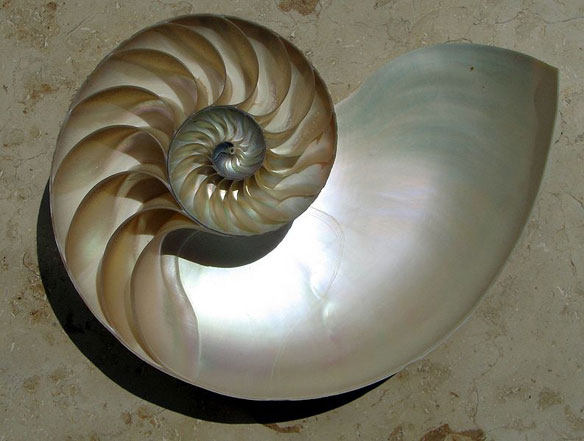
It is a living fossil whose ancestors go back a half billion years, to the early days of complex life on the planet, when the land was barren and the seas were warm. Nautilus lives on the slopes of deep coral reefs in the warm southwestern Pacific, but scientists say humans are loving the chambered nautilus to death, throwing its very existence into danger.
Bioluminescence: Explanation for Glowing Waves Suggested
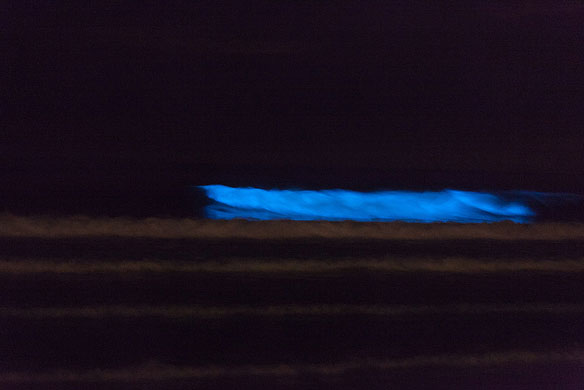
It has long been known that distinctive blue flashes, a type of bioluminescence, that are visible at night in some marine environments are caused by tiny, unicellular plankton known as dinoflagellates. However, a new study has, for the first time, detailed the potential mechanism for this bioluminescence.
Results of Pebble Mine Measure Expected Mid-Oct.
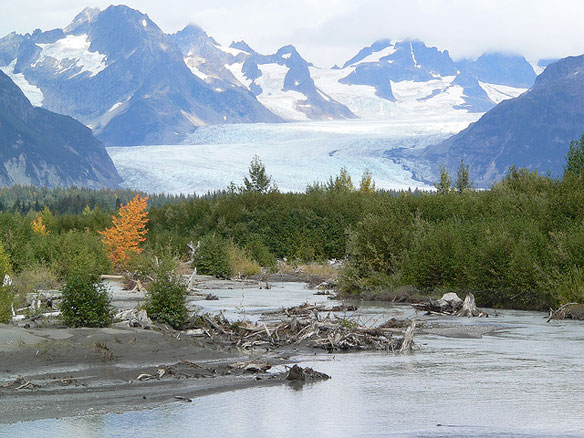
“Imagine a pit two miles wide by 2,000 feet deep, and an underground mine a mile deep. This gargantuan gold and copper operation would produce an estimated 10 billion tons of contaminated waste, 3,000 pounds for every man, woman and child on Earth…There are few human activities as toxic as large-scale mining…” As vote have been cast, it will be nearly two weeks before Alaskans know the outcome of an initiative aimed at stopping the Pebble Mine project, potentially the world’s largest man-made excavation.
Deforestation Along The Rio Xingu Shores, Brazil
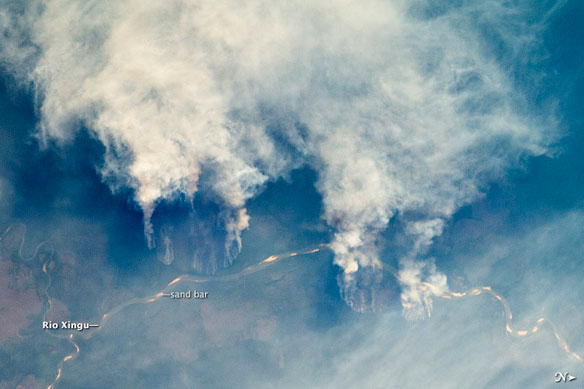
Although forest preservation has gained traction in the region as a result of new valuation of the ecosystem services provided by the forest, in recent years, concerns about the impact of the burning on global climate change, and greater sensitivity to the ethnic and biological heritage of Amazonia still remain, as Amazonia, has been undergoing a continual and accelerated conversion process into farmlands.
Gulf Coast task force outlines long-awaited for restoration strategies
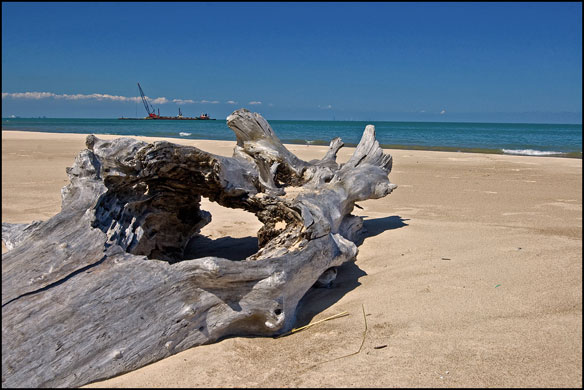
The federal-state Gulf Coast Ecosystem Restoration Task Force just released a wide-ranging list of strategies for repairing damage done to Gulf of Mexico ecosystems by the BP Deepwater Horizon oil spill and by other long-term threats.
Chile Reels in Salmon Farming
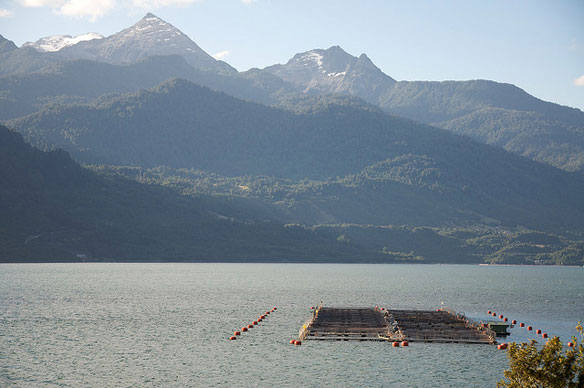
Chile is the second largest producer of salmon in the world. But these fish don’t occur there naturally. Instead, the salmon swim within enclosed nets, often tightly packed together. Kept off the country’s coastline, fish farms like these can pollute local ecosystems. But in Patagonia, Chile has begun taking steps to protect some of its wild waters from the farmed fish.
